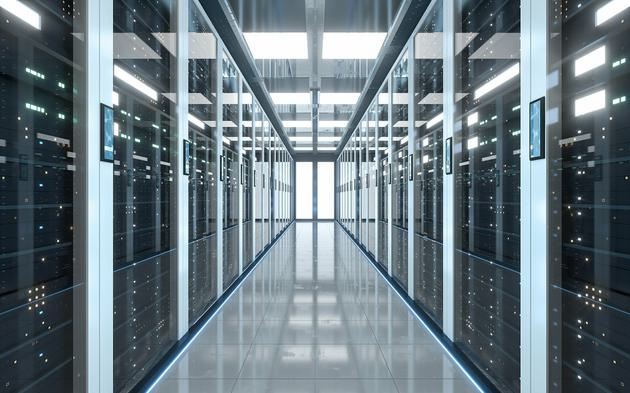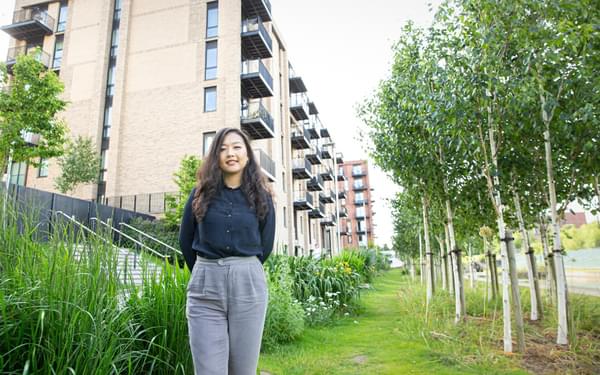The Rise of the Edge Data Centre

“ We need data centres to house and process all of the information that we require. Without data centres, our way of life would not function. ”
Timo Hendy
Technical Director

From the moment we wake up, we reach for our phones to digest the daily news. We start an early morning conversation with Alexa, because how else will we know if we need an umbrella, or sunscreen before we step outside the door? Big data has become an intrinsic part of our lives.
In our increasingly hyperconnected lives, our interaction with the Internet of Things (IoT), cloud and streaming services has become our norm, creating self-reporting real-time big data that shapes our lives. If the purpose of this connectivity is to bring efficiency, ease, entertainment and enhanced user experience to our lives, then we can only expect our reliance on data centres to process and store this data, to increase.
What are edge data centres and why do we need them?
As our expectations continue to demand anywhere, anytime access to data, technology has adapted to enable a decrease in server size, meaning a smaller footprint. It means we can expect to see smaller data centres popping up in locations near to where we live, close to the edge of a network, otherwise known as 'edge data centres'. The closer we are to where the data is being processed, the faster the service, the better the experience, with minimal latency, at a cost-effective price. It's surely a win-win.

Future communities - data centres as 'thermal batteries'.
Edge data centres by their very nature are situated near end users, processing data as close as possible to source. So why not make the most of this?
Being located in these warmer, more densely populated areas than traditional hyperscale data centres, means there's a ready-made outlet that can benefit from the surplus heat generated by the equipment - the local community!
At a time when we need to make intelligent and resourceful decisions around how we use energy, it means we have the opportunity to take a holistic view on how we make the best use of resources at our fingertips. By bringing together the key stakeholders, we can make a real and lasting difference in our communities.
Whether it’s heating an existing neighbourhood, or part of masterplanning for future communities, it provides the opportunity to avoid wasteful cooling of equipment. Instead, it can transfer surplus heat into a district heat network for the benefit of the neighbouring homes, schools and hospitals, as well as creating another revenue stream for the data centre operator.
And it doesn't stop there. On site co-location of battery storage, is a further positive step in meeting net zero objectives, by reducing the need for diesel dependent back-up generators, and storing energy when demand is at its lowest.
“To meet our objectives of net zero carbon developments, the planners, developers and occupiers need to work together to ensure that holistically we can develop a solution that works, using the heat generated more effectively, for the benefit of communities.”
Designing low carbon data centres
As we continue to forge a path to net zero carbon, how can data centres form part of the solution?
What’s the future for edge data centres?
As the pace of digital innovation and demand continues to grow and energy prices rise, data centres will play a sustainable role in their communities.
The possibility to interlink the reduced footprint of servers, with smaller edge data centres, connected to district heat networks and availing of co-located battery storage where possible, means:
- Each and every town in the country could begin to look at how it works for their specific community needs.
- We can think laterally about where they are installed, such as redundant space in retail or leisure facilities.
- They can be located in any new or refurbished developments
- Communities benefit from an integrated approach from developers, planners and occupiers














